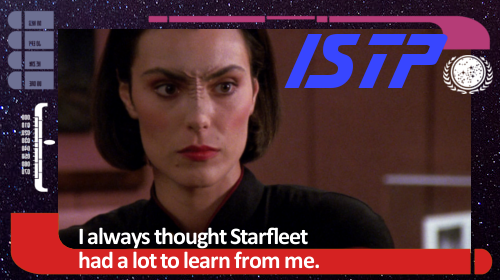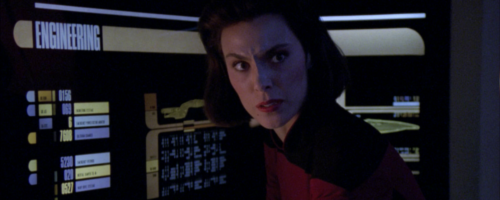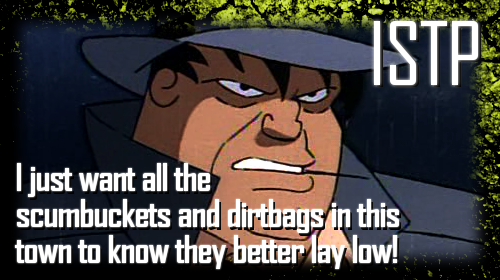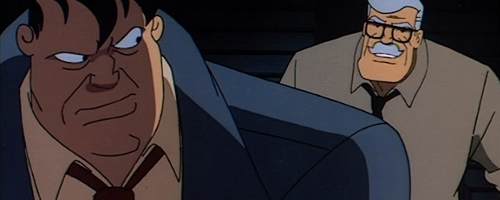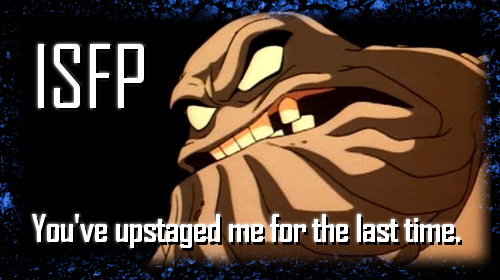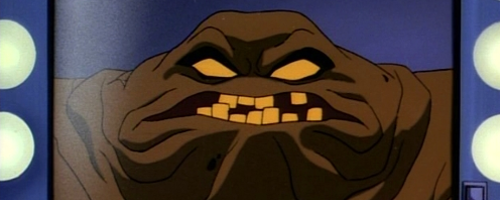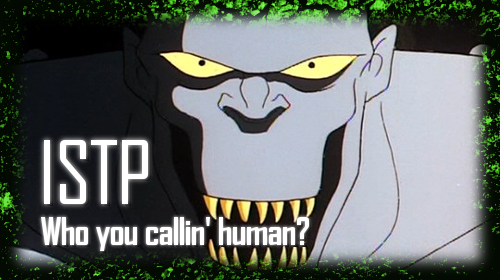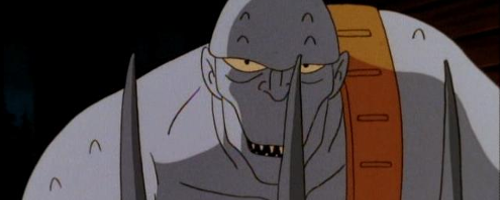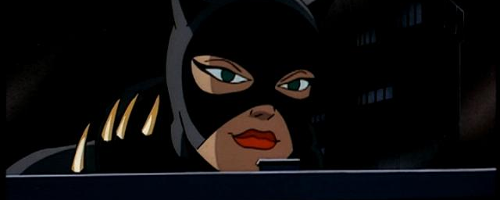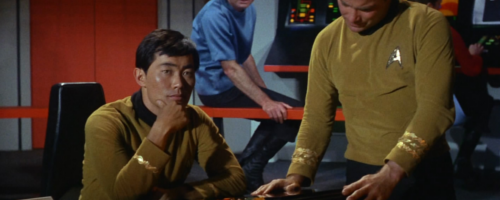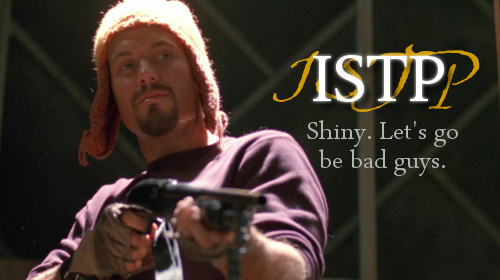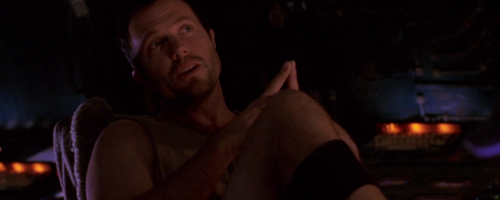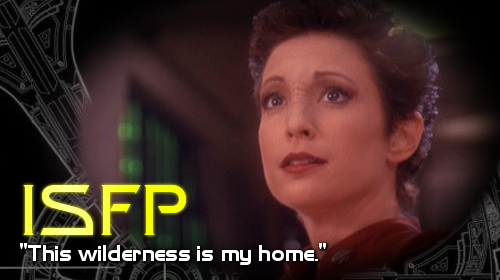
ISFP – the Composer, the Seeker, the Virtuoso
The leaders of Trek’s two previous incarnations were mostly Thinkers. Both shows could be campy and fun, but also intensely cerebral. So it figures that for the “dark, moody” version of Star Trek, we’d get a pair of commanding officers who are driven by Introverted Feeling.
Sisko and Kira don’t start off as best friends. Their Fi needs time to check the other out and make sure they measure up to their deeply held values and goals. In time, they see the same thing in each other—a very passionate, individualistic, sometimes emotionally broken leader with fierce inner moral codes fighting against a universe that wants to control them.
Dominant Function: (Fi) Introverted Feeling, “The Deep Well”
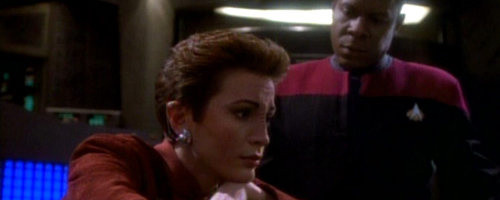
To say that Major Kira Nerys is uncompromising in her values would be like saying Superman is kinda good at lifting heavy stuff. Kira leads with a strong inner moral compass, forged from her years fighting for the Resistance against the Cardassian Occupation of her homeworld. Everything she does, every choice, every step, is to fight for the cause of her people. She acts only on what she believes is right.
While Sisko goes through his emotional healing in the first episode, Kira’s takes the entire series. She’s broken and raw after a childhood spent fighting as a terrorist to free her people, and her only reaction to most situations is anger. She’s quite certain that the Bajoran government only assigned her to DS9 to get her off the planet and out of their hair. Continue reading


